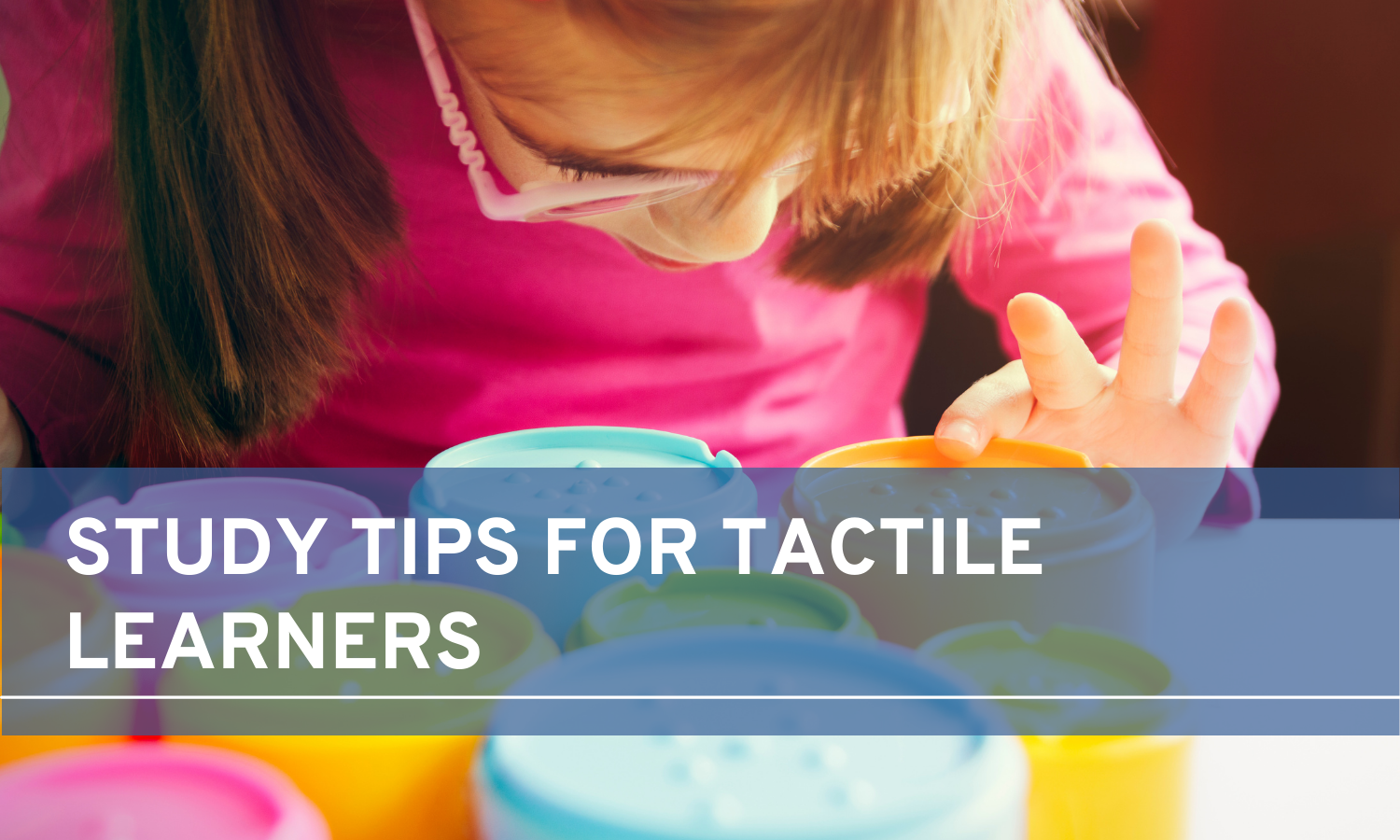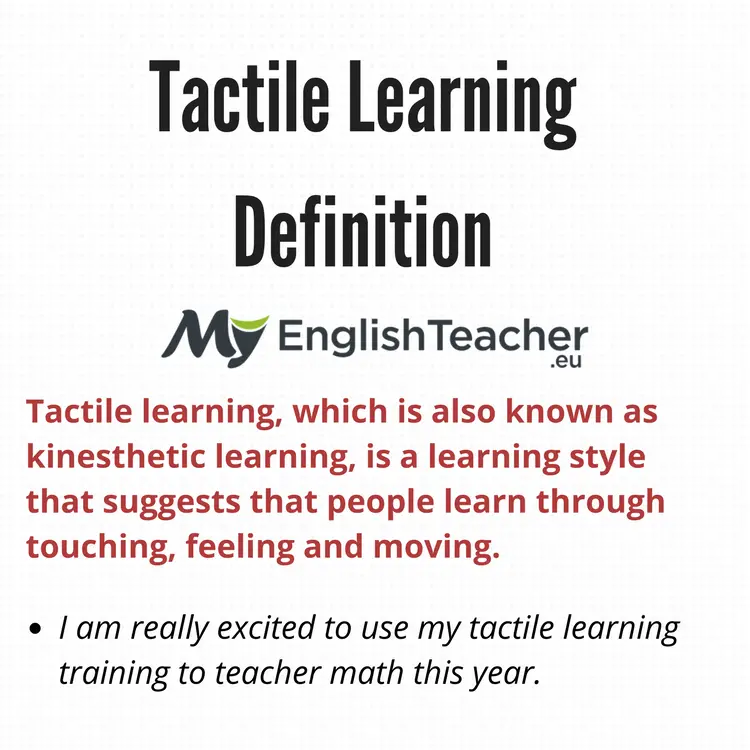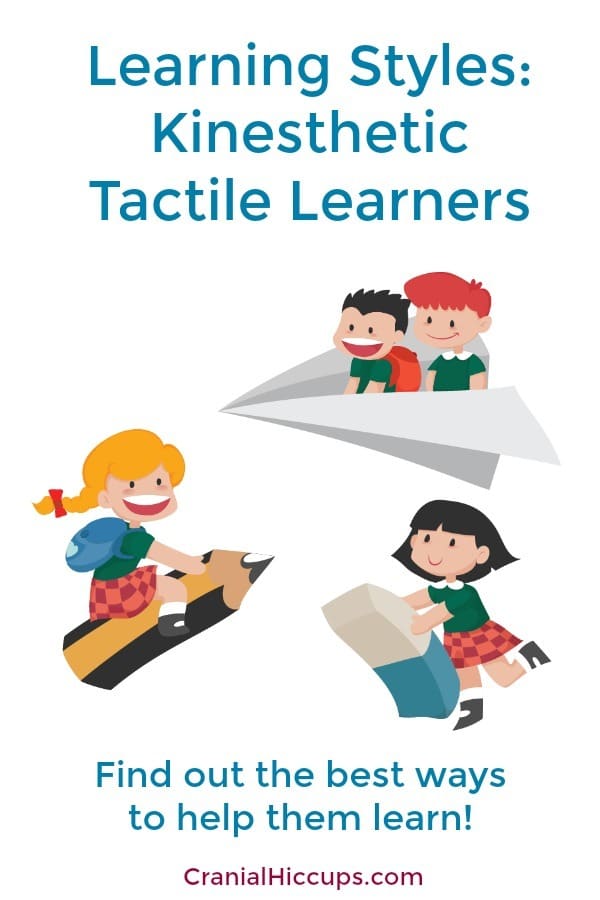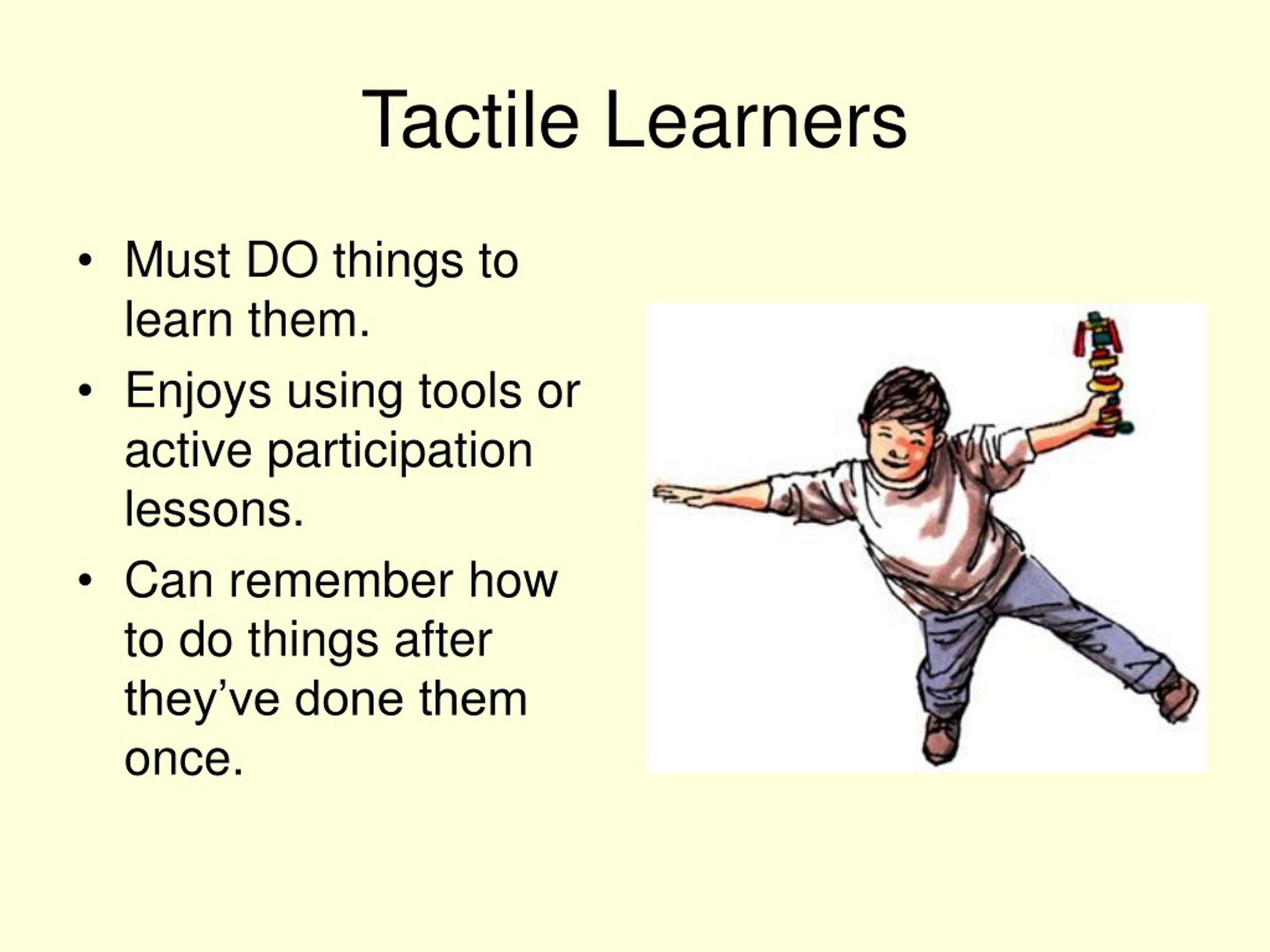:max_bytes(150000):strip_icc()/Science-Echo-Cultura-Getty-Images-137548114-58958abe3df78caebc8ce47d.jpg)
Learning Ideas for Students with a Tactile, Kinesthetic Learning Style
Tactile learning - also known as kinesthetic learning - requires physically interacting with the world around you. This style of teaching may not work for everyone, but for tactile learners, the sensation of touch is a crucial part of the learning process.
/GettyImages-5tactile37251933-57ad1f755f9b58b5c26263c5.jpg)
Make the Most of Your Tactile Learning Style
A first-of-its-kind tactile learning device developed by Baylor University chemists to make science accessible to students with blindness or low vision has opened the possibility of the transfer.

Tactile Schedule for Students with Visual Impairments and Multiple Disabilities Multiple
Tactile sensing through ancient medium TSBVI students were able to visualize this data through the use of lithophanes. Likely created in China as early as the seventh century and popularized in Europe in the 1800s, lithophanes are thin engravings made from translucent materials, now 3D-printed with raised imagery suitable for tactile learning.

Study Tips For Tactile Learners
Tactile sensing through ancient medium. TSBVI students were able to visualize this data through the use of lithophanes. Likely created in China as early as the seventh century and popularized in Europe in the 1800s, lithophanes are thin engravings made from translucent materials, now 3D-printed with raised imagery suitable for tactile learning.

LEARNING STYLES TACTILE
Kinesthetic learning (American English), kinaesthetic learning (British English), or tactile learning is learning that involves physical activity. As cited by Favre (2009), Dunn and Dunn define kinesthetic learners as students who prefer whole-body movement to process new and difficult information. [1]

100 HandsOn Activities for Tactile Learners Rolling Prairie Readers
Carry a stone, clay, stress ball or sensory gadget that can be rubbed or manipulate while listening or studying. Rewrite notes or important facts. Draw or trace important diagrams, pictures, graphs, or flowcharts. Manipulate materials during hands-on activities. Draw to capture images of information that you are learning.

Kinesthetic/tactile Learners, learn the best my touching or actually acting out the task
Kinesthetic or tactile learners need to physically touch or try something in order to learn the concept best. This style is often called multi-sensory learning because tactile learners hear or see to learn, and then complete their learning by trying it out themselves. This is very different from auditory and visual learning where learners need.

Understanding your Kinesthetic Learners GoNoodle Blog
Tactile learning is a type of learning that emphasizes physical experience and activity. This could include activities such as touching, feeling, and manipulating objects. Some people are tactile learners and may need to use this learning more frequently to learn effectively. There are both advantages and disadvantages to being a tactile learner.

Tactile Learning Definition MyEnglishTeacher.eu
Tactile learning, sometimes called kinesthetic learning, is considered one of the four main methodologies in the theory of learning styles. The others are auditory, visual, and reading and writing. So-called tactile learners are considered those who learn best by physical touch or by trying to do something themselves.

How to Teach Geography to Tactile Learners
Tactile learning, the art of learning through touch, is an age-old practice that has captivated minds and sparked creativity for centuries. In this article, we're diving deep into the science behind tactile learning and why it's more than just fun. It's a powerful educational tool that engages our brain cells in all the right ways.

Students have different learning style preferences. While some are visual learners and prefer to
Tactile learning is learning by touching and using the hands. Tactile learning involves touching, holding, poking, and squeezing learning materials. It gives students an opportunity to directly manipulate objects in a lesson which gives them a more dynamic, more enriched understanding. Some students prefer to learn through touch.

100 HandsOn Activities for Tactile Learners Rolling Prairie Readers Tactile activities
Tactile If you are an auditory learner, you learn by hearing and listening. You understand and remember things you have heard. You store information by the way it sounds, and you have an easier time understanding spoken instructions than written ones. You often learn by reading out loud because you have to hear it or speak it in order to know it.

Tactile Learners 10 Successful Strategies For Improved Learning Good Sensory Learning
Tactile/Kinesthetic Learners learn through moving, doing, and touching. These students like a "hands-on" approach to learning. They learn best by doing and by being directly or emotionally involved in their learning. They process information as their body moves.

Learning Styles Kinesthetic, Tactile Learners Cranial Hiccups
Tactile or kinesthetic learners are those who learn through experiencing and doing things. How Tactile Learners Learn Tactile learners like to experience the world and act out events. To remember a phone number, tactile learners may remember the pattern of their fingers as they press the numbers on a phone or keypad.

PPT Learning Styles PowerPoint Presentation, free download ID275379
When you consider a child's learning style, kinesthetic learners (who require movement to learn) or tactile learners (who require hands-on learning), traditional classroom environments can be the biggest obstacle to learning. Very often, the children who can't succeed in these classrooms are labelled ADD or ADHD.

WHAT IS TACTILE LEARNING? How Tactile Activities Improve Problem Solving & Language Processing
This style is also called tactile learning or experiential learning. Kinesthetic comes from kinesthesis or kinesthesia, which is the experience of receiving information from the sense organs: touch, taste, smell, see, and hear.